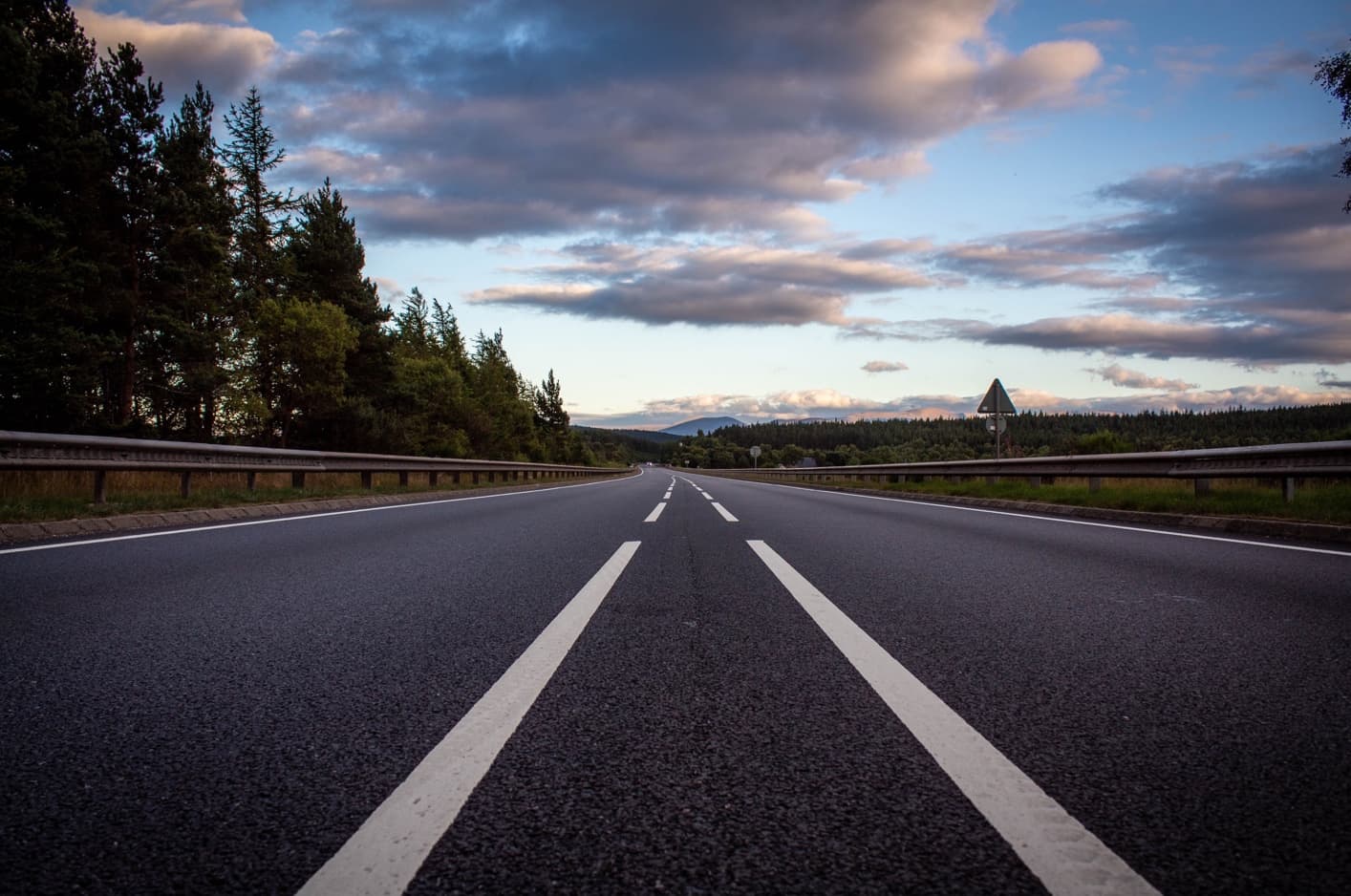28 February 2022
The Highway Code 2022 and the new changes you should learn
This year's updates include changes which affect driver priority, pedestrian and cyclists’ right of way.

The 2022 Highway Code has been released with several changes affecting all types of road users.
Introduced to help improve the safety of people walking, cycling and riding horses, the changes came into force last month.
The updates to this year's Highway Code were made following a public consultation which ran from July to October 2020, and received more than 20,000 responses from the public, businesses and other organisations.
This year's updates also include changes on the use of mobile phones behind the wheel and broader fines for poor or dangerous driving.
Learn more about the changes to the Highway Code below.
1. Hierarchy of road users
Drivers of vehicles that can cause the greatest harm in the event of a collision have the most responsibility to take care and reduce the danger to others.
This principle applies to drivers of HGVs, LGVs, cars, taxis and motorcycles.
Cyclists and horse riders have a responsibility to reduce danger to pedestrians.
2. Pedestrians now get priority, not vehicles
This important change will now mean that drivers and cyclists will have to give way if pedestrians are waiting to cross the road into which they are turning.
Cars indicating to turn left or right will also have to give way to cyclists coming from behind and going straight on, only turning once they have passed.
The old rule saw vehicles always have priority in these circumstances.
3. Road positioning for cycling
Road positioning for cyclists was not previously mentioned in the original Highway Code, but most drivers expect them to ride near the curb.
However, the new rule states that cyclists should ride in the centre of the lane to make themselves more visible in certain situations.
4. Walking, cycling or riding in shared spaces
People cycling, riding a horse or driving a horse-drawn vehicle should respect the safety of people walking in these spaces, but people walking should also take care not to obstruct or endanger them.
5. Overtaking when driving or cycling
You may cross a double-white line if necessary (provided the road is clear) to overtake someone cycling or riding a horse if they are travelling at 10 mph or less.
6. People cycling at junctions
There is new advice about new special cycle facilities at some junctions.
Some junctions now include small cycle traffic lights at eye-level height which may allow cyclists to move separately from or before other traffic. People cycling are encouraged to use these facilities to make their journey safer and easier.
7. People cycling, riding a horse and driving horse-drawn vehicles on roundabouts
The code has been updated to clarify that people driving or riding a motorcycle should give priority to people cycling on roundabouts.
8. Parking, charging and leaving vehicles
The code recommends a new technique when leaving vehicles. It’s sometimes called the ‘Dutch Reach’.
Where people driving or passengers in a vehicle are able to do so, they should open the door using their hand on the opposite side to the door they are opening. For example, using their left hand to open a door on their right-hand side.
This will make them turn their head to look over their shoulder behind them.
Also, for the first time, the code includes guidance about using electric vehicle charging points.
When using one, people should: park close to the charge point and avoid creating a trip hazard for people walking from trailing cables, display a warning sign if possible and return charging cables and connectors neatly to minimise the danger to other people and avoid creating an obstacle for other road users.


